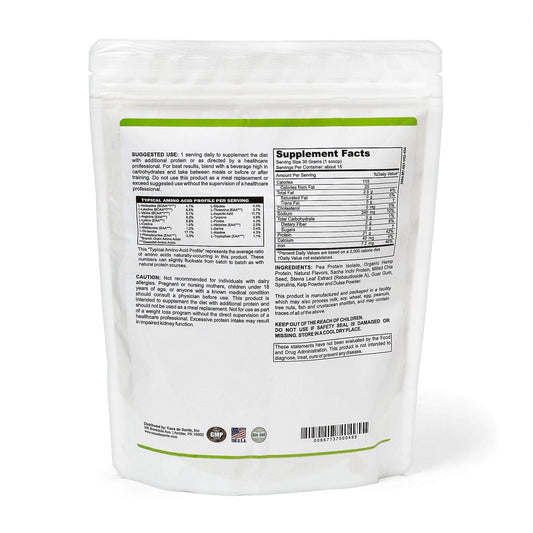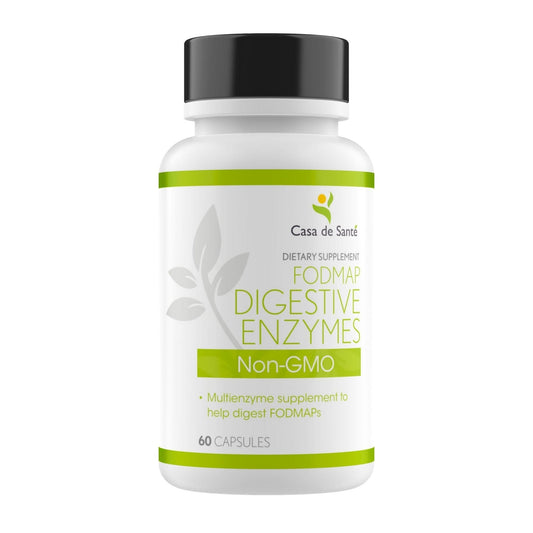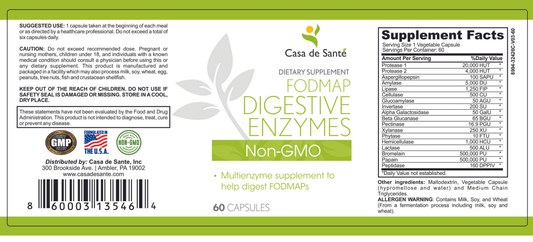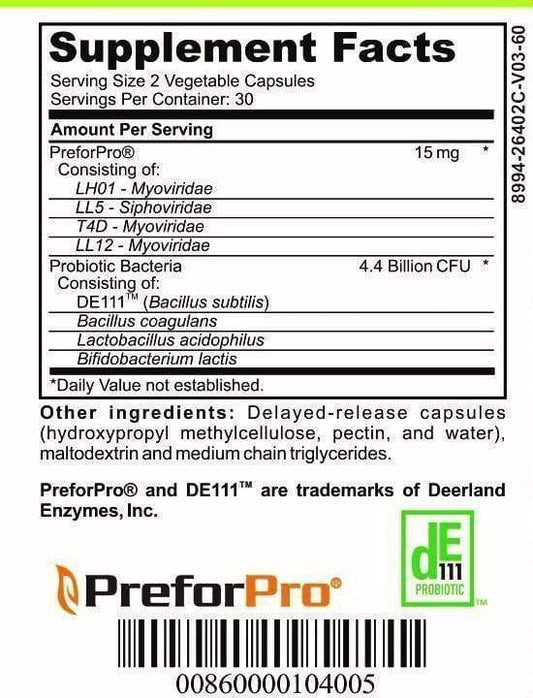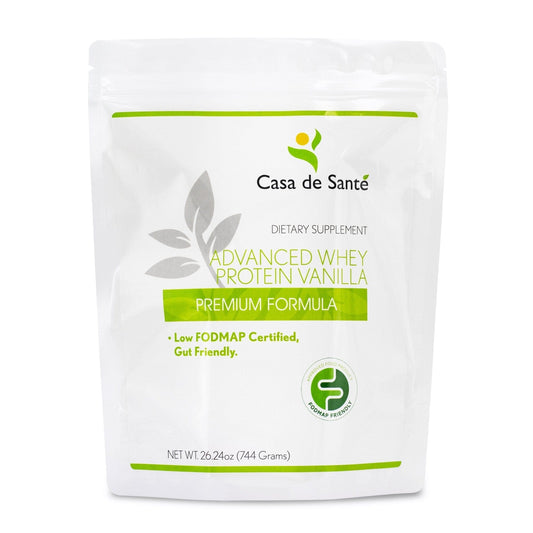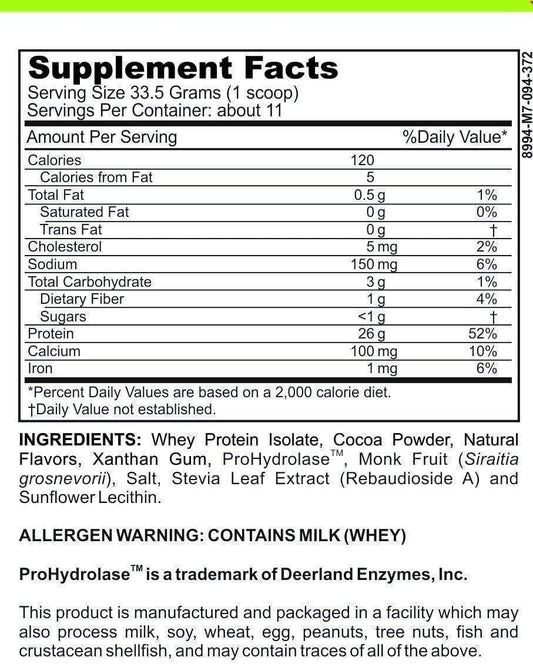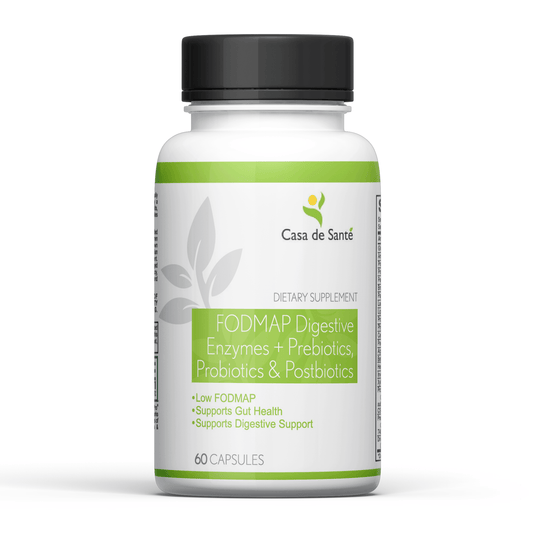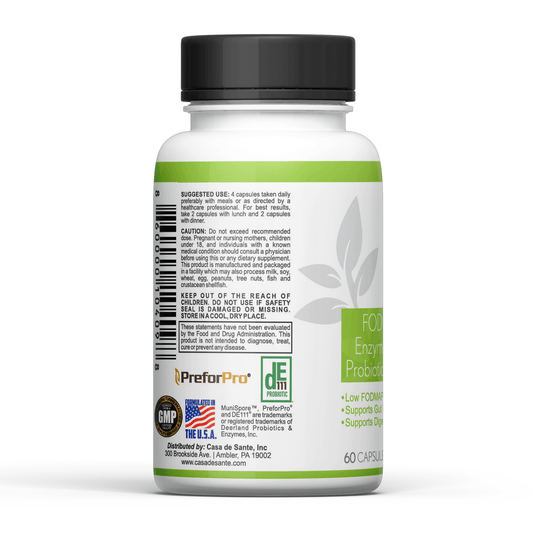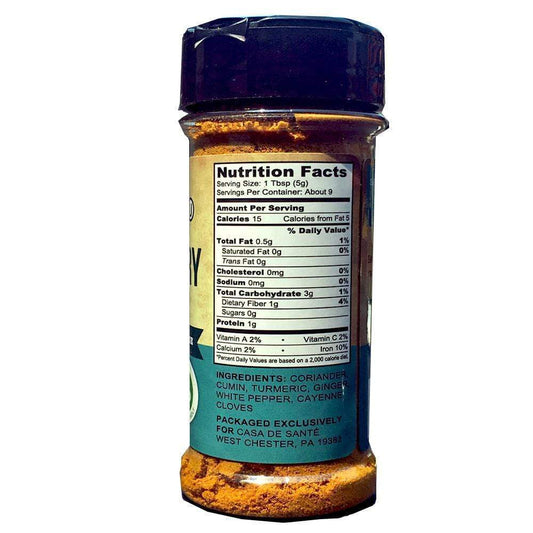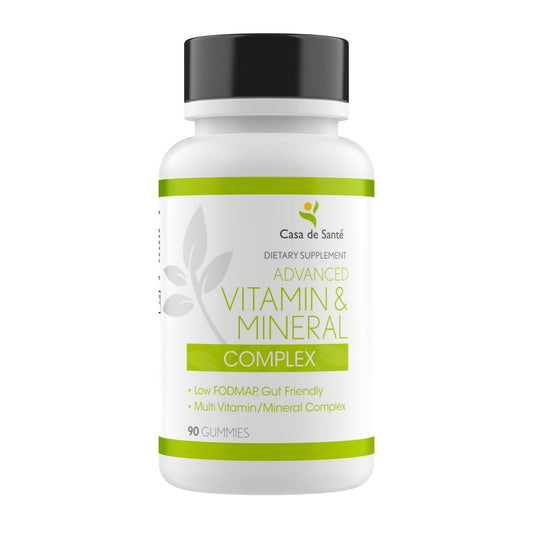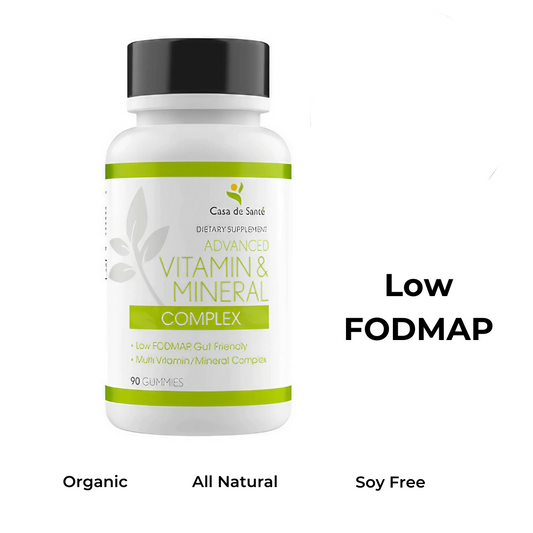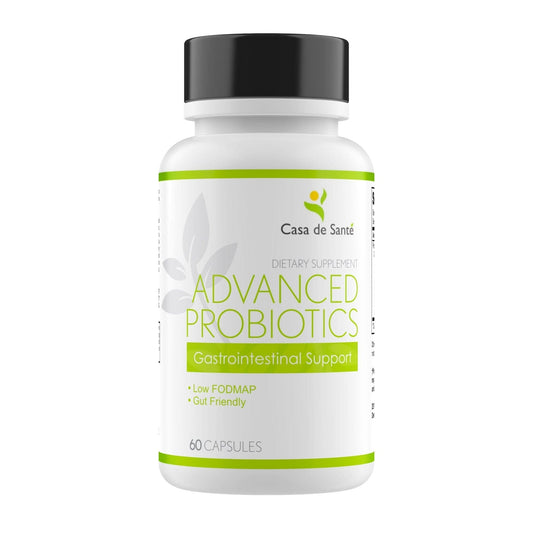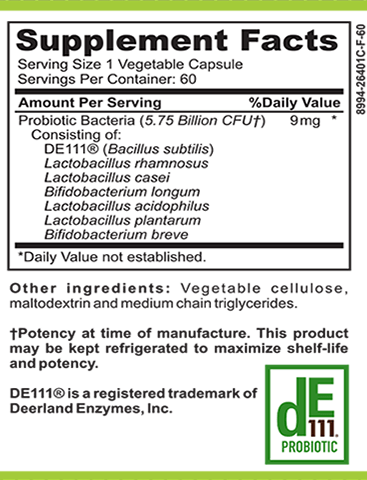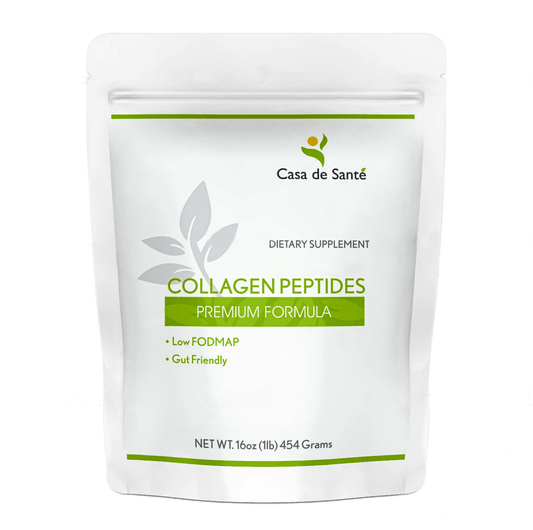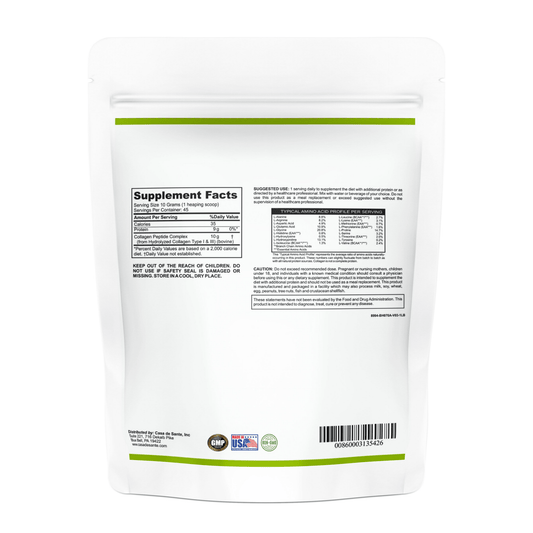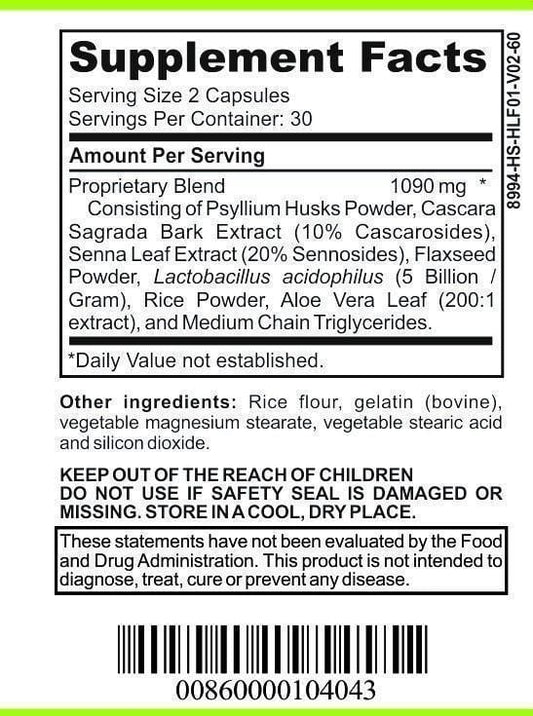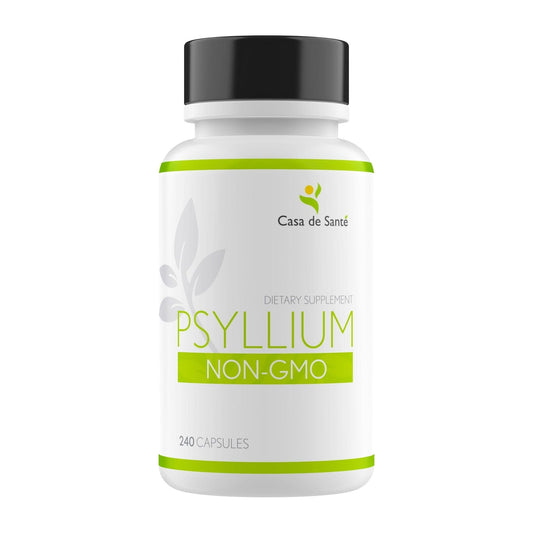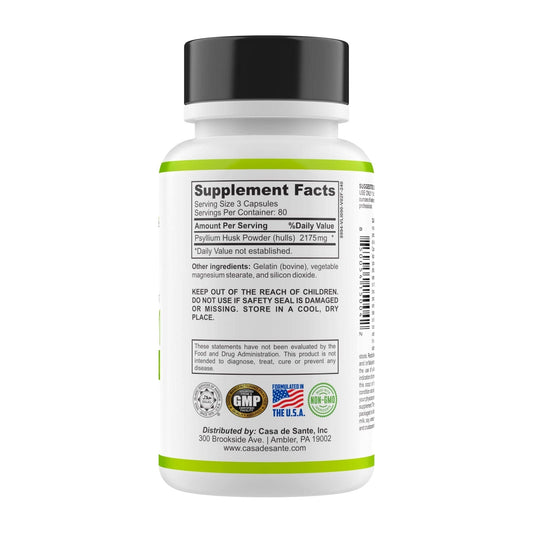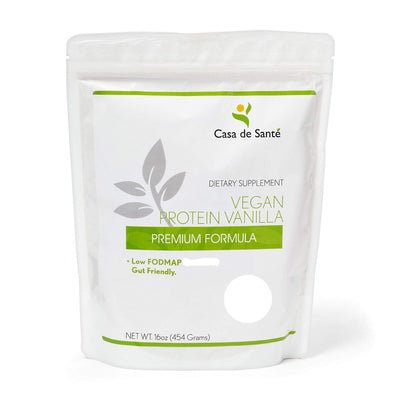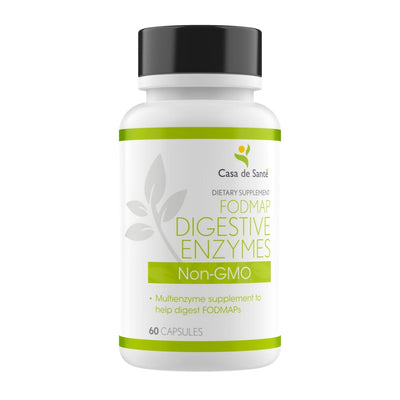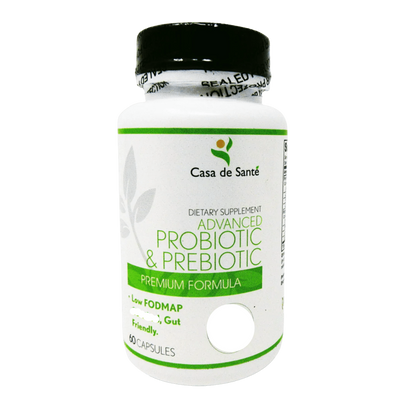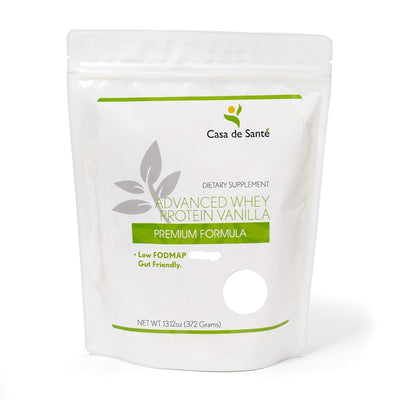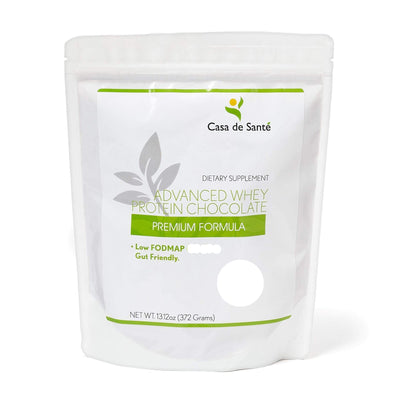How to Properly Administer Sprinkle Medication: A Complete Guide
How to Properly Administer Sprinkle Medication: A Complete Guide
Medication administration can be challenging, especially when dealing with patients who have difficulty swallowing pills or capsules. Sprinkle medications offer a convenient alternative, but they require proper handling to ensure effectiveness. Whether you're a caregiver, healthcare professional, or someone who uses sprinkle medications yourself, understanding the correct administration techniques is crucial for optimal therapeutic outcomes.
Sprinkle medications are specially formulated drugs that come in capsules filled with tiny beads, granules, or powder that can be sprinkled onto soft foods or liquids. This guide will walk you through everything you need to know about properly administering sprinkle medications to ensure safety and effectiveness.
Understanding Sprinkle Medications
Sprinkle medications are designed to help patients who have difficulty swallowing tablets or capsules whole. These formulations typically contain medication in the form of tiny beads, granules, or powder inside a capsule that can be opened and sprinkled onto food or mixed with certain liquids.
The primary advantage of sprinkle medications is that they maintain the extended-release or delayed-release properties of the original medication while making it easier to consume. This is particularly beneficial for pediatric patients, elderly individuals, and those with swallowing difficulties (dysphagia) or feeding tubes.
Common Types of Sprinkle Medications
Several categories of medications are available in sprinkle form. These include anticonvulsants like Depakote Sprinkle (divalproex sodium), psychiatric medications such as Risperdal M-Tab (risperidone), and certain antibiotics. Medications for ADHD, like Adderall XR, and various gastrointestinal drugs also come in sprinkle formulations.
It's important to note that not all medications are suitable for conversion to sprinkle form. Some drugs require specific coating to protect them from stomach acid or to control their release rate in the body. Always verify with a healthcare provider or pharmacist that your specific medication is designed to be administered as a sprinkle.
How Sprinkle Medications Differ from Regular Pills
Unlike traditional tablets or capsules that must be swallowed whole, sprinkle medications offer flexibility in administration. The key difference lies in their design – they're specifically formulated to maintain their therapeutic properties even when the capsule is opened and the contents are dispersed onto food or into liquids.
However, it's crucial to understand that not all capsules can be opened and sprinkled. Regular extended-release capsules or tablets should never be crushed or opened unless specifically labeled as "sprinkle" formulations, as this could alter the drug's release pattern and potentially cause harmful effects.
Preparation for Administering Sprinkle Medications
Proper preparation is essential for the effective administration of sprinkle medications. Taking the time to gather necessary supplies and create an organized workspace can help ensure the medication is administered correctly and completely.
Before beginning the administration process, wash your hands thoroughly with soap and water to prevent contamination. This simple step is crucial for infection control and medication safety, especially when administering medications to someone with a compromised immune system.
Necessary Supplies
To properly administer sprinkle medications, you'll need several items on hand. First, gather the medication itself, checking the label to confirm it's the correct prescription, dosage, and that it hasn't expired. You'll also need a small bowl or medication cup, a spoon for mixing, and the appropriate food vehicle for administering the medication.
It's helpful to have a clean, dry surface to work on, as well as a glass of water for the patient to drink after taking the medication. If you're administering the medication through a feeding tube, you'll need a syringe, water for flushing the tube, and possibly a mortar and pestle if the granules need to be crushed further (though this should only be done if specifically instructed by a healthcare provider).
Choosing the Right Food Vehicle
The choice of food for administering sprinkle medications is crucial for both palatability and drug effectiveness. Soft foods with a relatively neutral pH are typically recommended. Applesauce is a popular choice due to its mild flavor and smooth texture. Other options include yogurt (without active cultures, unless approved by your pharmacist), pudding, or mashed potatoes.
Avoid using hot foods or beverages as heat can affect the medication's properties. Similarly, acidic foods like citrus fruits or juices might interact with certain medications. Always check the medication's package insert or consult with a pharmacist about food restrictions or recommendations specific to the medication you're administering.
Step-by-Step Administration Process
Administering sprinkle medications requires attention to detail to ensure the full dose is received. Following a systematic approach helps minimize errors and ensures the medication maintains its intended effectiveness.
Remember that timing can be important for certain medications, so try to administer the dose at the same time each day if it's a regular prescription. This helps maintain consistent blood levels of the medication and optimizes therapeutic effects.
Opening the Capsule Correctly
Hold the capsule over the small bowl or medication cup you've prepared. Gently twist or pull the capsule apart, being careful not to spill any of the contents. If you're having difficulty opening the capsule, you can use clean scissors to carefully snip the end of the capsule, then empty the contents into the bowl.
Inspect the empty capsule halves to ensure all medication has been removed. Some capsules may have medication adhering to the inside; gently tapping the capsule can help dislodge any remaining granules. Be mindful that some sprinkle formulations contain very small beads or granules that can be easily spilled or lost.
Mixing with Food or Liquid
Once the medication is in the bowl, add a small amount of the chosen soft food – typically one to two tablespoons is sufficient. The goal is to use just enough food to make it easy to consume the entire dose without leaving any medication behind. Mix the medication thoroughly with the food using a clean spoon, ensuring the granules are evenly distributed.
It's important to prepare this mixture immediately before administration and not in advance. Some medications may begin to degrade or interact with the food if left for too long. Never prepare sprinkle medications in advance for later use unless specifically instructed by a healthcare provider that it's safe to do so with your particular medication.
Administration Techniques
When administering to a patient, ensure they are in an upright position to prevent choking. Offer the entire mixture, encouraging them to consume it all without chewing the granules. The patient should swallow the mixture promptly to ensure they receive the full dose. Follow with a full glass of water to help ensure all the medication has been swallowed and to aid in absorption.
For patients with feeding tubes, mix the sprinkle medication with water instead of food (unless contraindicated), draw the mixture into a syringe, and administer through the tube following proper feeding tube protocols. Always flush the tube before and after medication administration to prevent clogging and ensure the full dose is delivered.
Special Considerations and Precautions
While sprinkle medications offer convenience, there are important considerations that can affect their safety and efficacy. Being aware of these factors helps prevent potential complications and ensures optimal treatment outcomes.
Always consult with a healthcare provider before making any changes to how a medication is administered. What works for one medication may not be appropriate for another, and individual patient factors can also influence administration requirements.
Medication-Specific Instructions
Some sprinkle medications have specific requirements that must be followed. For instance, certain medications should not be crushed further after opening the capsule, as this could alter their release properties. Others may have restrictions on the types of foods they can be mixed with due to potential interactions.
Always read the medication's package insert carefully and follow any specific instructions provided by the prescriber or pharmacist. When in doubt, contact your healthcare provider or pharmacist for clarification rather than making assumptions that could compromise treatment effectiveness.
Handling Multiple Medications
If a patient is taking multiple medications in sprinkle form, it's generally best to administer them separately rather than mixing them together in the same food. This prevents potential interactions between the drugs and ensures that if a dose is not completely consumed, you'll know which medication was affected.
Keep a medication log to track administration times and any observed effects or side effects. This information can be valuable for healthcare providers in assessing the effectiveness of the treatment regimen and making any necessary adjustments.
Troubleshooting Common Issues
Even with careful preparation, challenges can arise when administering sprinkle medications. Knowing how to address common problems can help ensure consistent medication delivery and maintain treatment adherence.
If persistent issues occur with medication administration, document the specific challenges and discuss them with a healthcare provider. Sometimes a different formulation or administration method may be more appropriate for a particular patient.
Dealing with Taste Concerns
Some medications have an unpleasant taste that may make patients reluctant to take them. If taste is an issue, try using a stronger-flavored food vehicle that can mask the medication taste, such as chocolate pudding or fruit puree (if approved for use with the specific medication). Using a small amount of food helps ensure the entire dose is consumed quickly.
Never add sugar, honey, or other sweeteners directly to the medication without consulting a healthcare provider, as these may interact with the medication. Similarly, avoid mixing medications with essential foods in a child's diet, as this could create negative associations with those foods if the medication tastes unpleasant.
Managing Incomplete Doses
If a patient is unable to consume the entire medication mixture, assess how much was taken to determine if a supplemental dose is needed. This should be done in consultation with a healthcare provider, as some medications may have specific protocols for missed or partial doses.
To minimize the risk of incomplete doses, use the smallest amount of food necessary to administer the medication. Consider using a different food vehicle if the current one isn't well-accepted. For patients with severe difficulty, discuss alternative medication formulations with their healthcare provider.
Conclusion
Properly administering sprinkle medications requires attention to detail and adherence to specific guidelines. By understanding the unique properties of these formulations and following the step-by-step process outlined in this guide, caregivers and patients can ensure medications are taken safely and effectively.
Remember that medication administration is a critical aspect of healthcare that directly impacts treatment outcomes. When in doubt about any aspect of sprinkle medication administration, always consult with a healthcare provider or pharmacist for guidance specific to your situation.
With practice and proper technique, administering sprinkle medications can become a straightforward process that helps overcome swallowing difficulties while maintaining the therapeutic benefits of important medications. This accessibility is particularly valuable for vulnerable populations like children, elderly patients, and those with conditions that affect swallowing ability.


